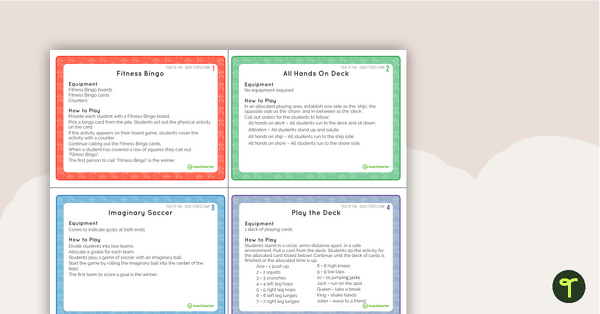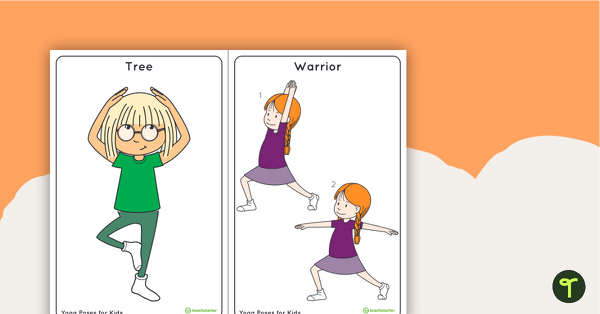Research has shown that there are many benefits to playing games in the classroom. When planning lessons, teachers should try to incorporate at least one game a day as either a practice tool, assessment strategy, or classroom motivator.
“Play is our brain’s favorite way of learning” – Diane Ackeman
When playing games, students can become more engaged in their learning, increasing the positivity levels in your classroom.
In this blog, we have outlined eleven benefits students gain from playing games in the classroom. We have also selected some of our most popular Math, Reading, Writing, Social-Emotional Learning, and Health & Fitness games to download and use in your classroom.
11 Benefits of Playing Games in the Classroom
More Motivation
Playing games in the classroom can increase overall motivation. Students become more motivated to learn, pay attention, and participate in class activities. They can also be a great classroom management tool, helping to motivate a class.
Controlled Competitiveness
Students can become very competitive in the classroom, especially boys. Games are a great way to control the competitiveness between peers.
By using games in the classroom, students can compete against each other while playing a game, then support each other during other learning activities.
Strategy Simulator
Most games require problem-solving and planning. By applying a range of strategies in a game, students can use their working memory to solve problems, increasing their mental cognition. In other words, games can be a great brain workout!
Postive Participation
Using games as part of a lesson can motivate students to participate and positively affect their learning.

Dmitri Ma/shutterstock.com
Smaller Stress
Answering questions on a worksheet or producing a page of text can be quite daunting and stressful for some students. It can also create a negative perception of a students’ learning environment.
Games are a far less stressful way for students to demonstrate their knowledge, skill, and understanding of a topic. Being less stressed will help students have a more positive perception of their learning environment and give a more accurate indication of their learning.
Mighty Memory
Playing a range of content-specific games can increase memory! As they play a game, students need to remember important details about a topic and use their working memory to think and act quickly.
Did you know that student-created games can be some of the most effective? Not only that but as students construct a game, they must use their memory of specific content to create questions and answers suitable for the game, then use their memory of the topic to play the game. So next time you need an extension activity for some of your students, why not have them create a game for the class to play!
Class Cooperation
Playing games in the classroom can increase class cooperation, making them a great team-building exercise!
They allow students to learn how to work together as a team, take turns, build respect, listen to others, and play fairly.

stockfour/shutterstock.com
Student Attentiveness
Did you know that playing games help improve student attentiveness? That’s right! As games can move quickly, a student needs to be alert and attentive for extended periods.
Also, using different instructional approaches in the classroom, such as playing games, enables students to encounter the content in various ways, making it easier for them to pay attention after the activity has ended.
Friendly Fun
Playing games in the classroom is always great fun!
When playing a game, endorphins are produced that stimulate the brain and give students a euphoria feeling. This feeling creates a sense of happiness and excitement for students in the classroom, developing a positive learning environment.
New Knowledge
Games are a great tool to use in the classroom to reinforce learned content.
After teaching new material to the class, provide students with a game to reinforce their new knowledge. It is also a great way to assess student learning at the end of a lesson and makes forming your guided groups a breeze. Simply walk around the classroom, observing your students and making notes as you go!
Take it Outside
Games aren’t just for inside the classroom. Going outside and enjoying the outdoors can also provide a bit of a brain break for your students!
Here’s a great example… all you need are some hula hoops, bean bags, and enthusiastic students!
For more active games inside and outside of the classroom, check out our Active Games Resource Collection.
Math Games
Reading Games
Writing Games
Social-Emotional Learning Games
Health & Fitness Games
Banner Image: Rawpixel.com/shutterstock.com
The post 11 Benefits of Playing Games in the Classroom (Resources Included) appeared first on Teach Starter.























